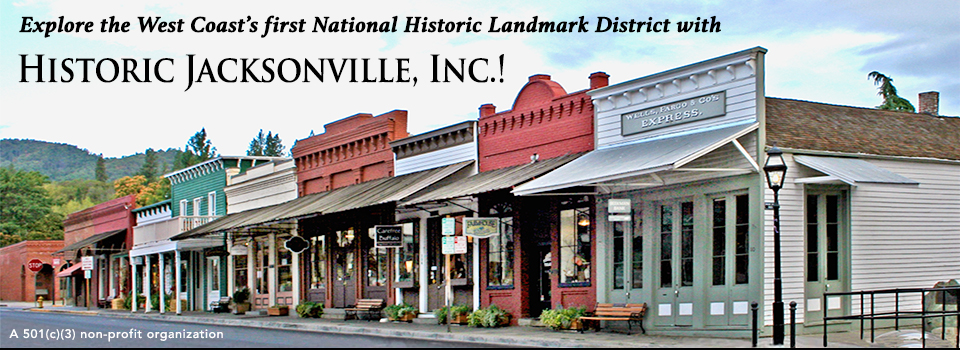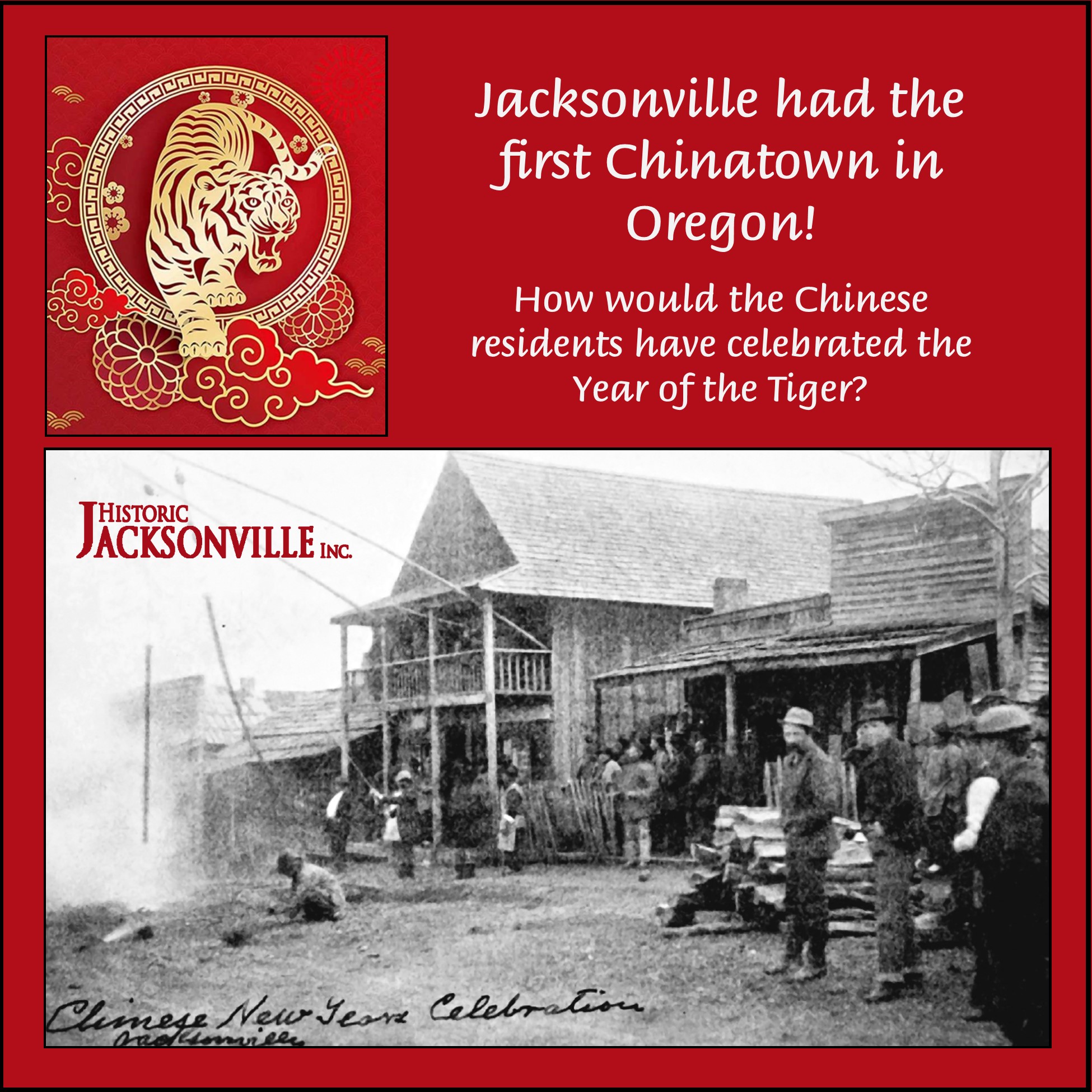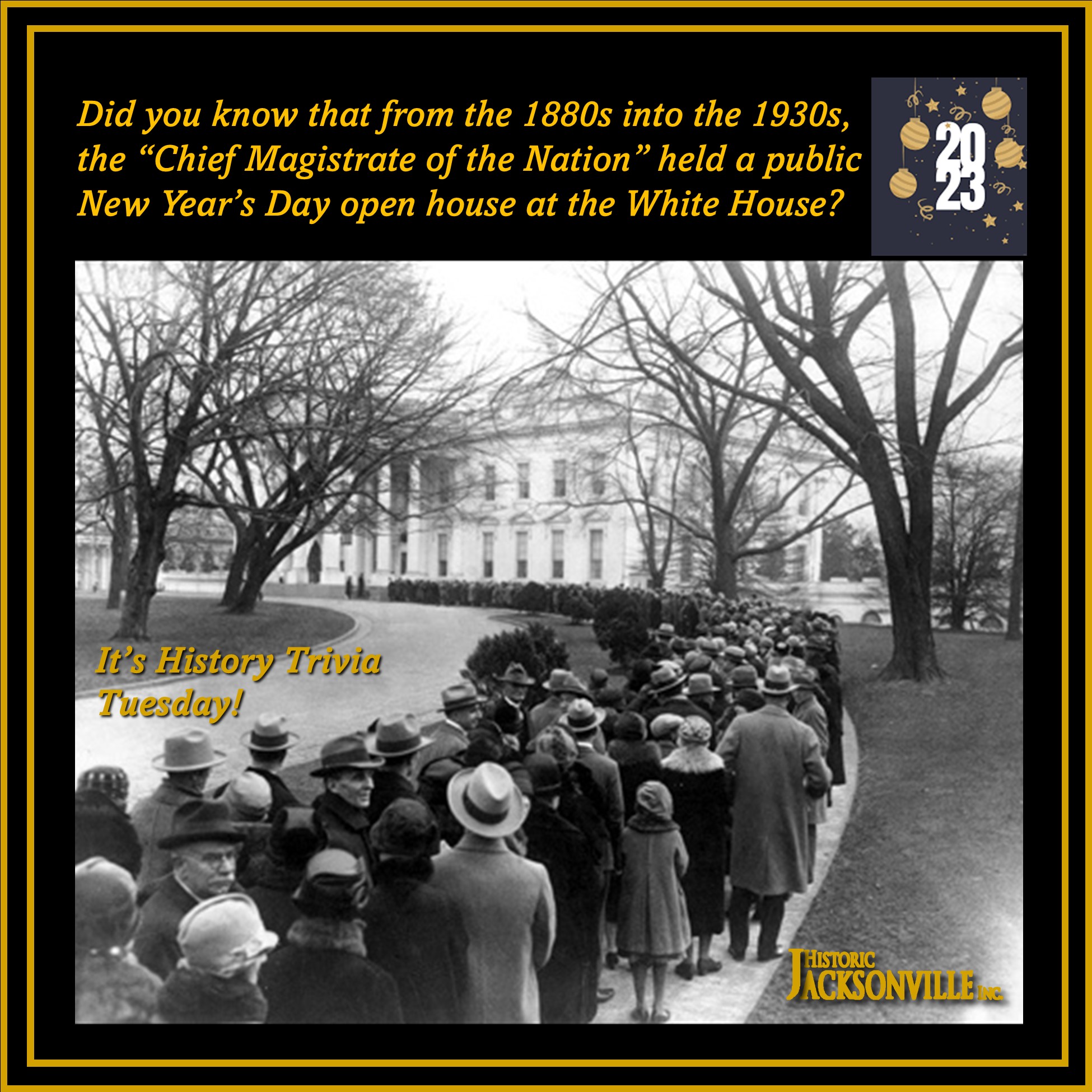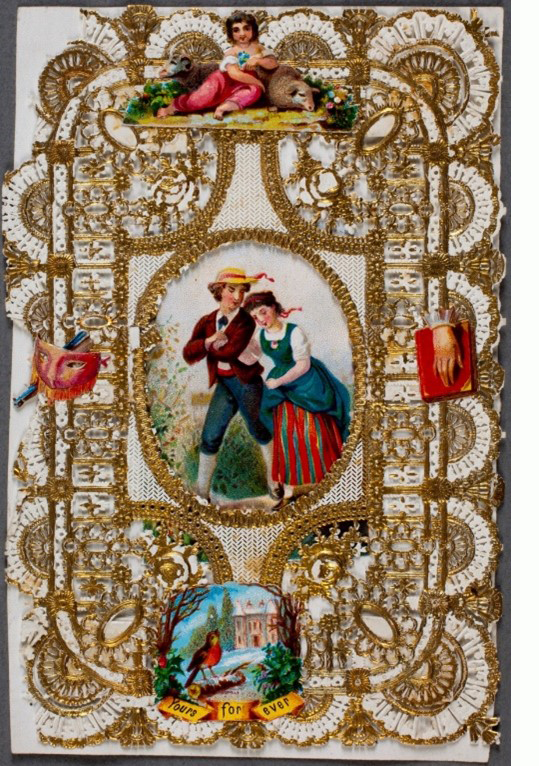4th of July
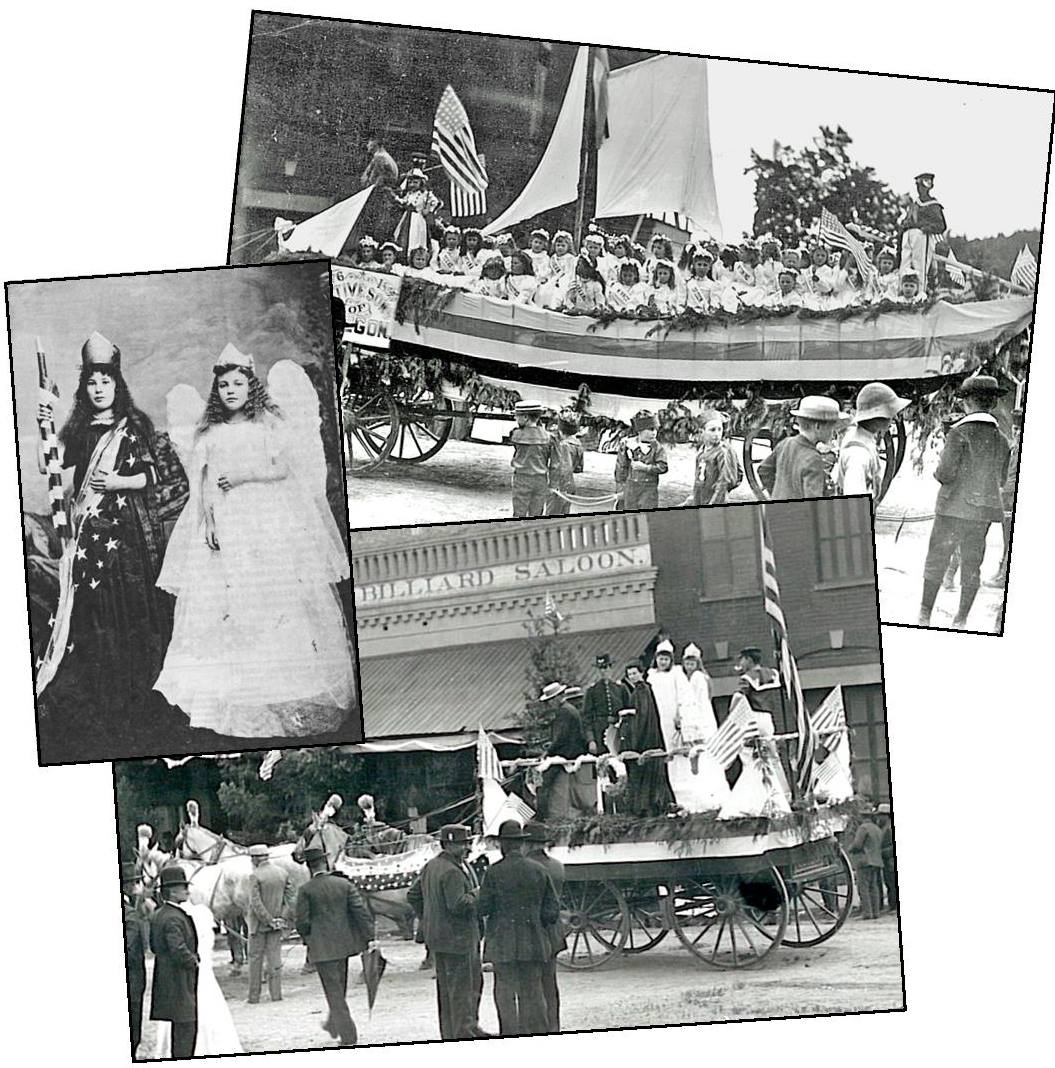
Well into the 20th Century, the Fourth of July was a bigger holiday than Christmas. And with Independence Day celebrations taking place all around the Rogue Valley, we’ve chosen to again share how Jacksonville honored this special occasion in the late 1800s. The Oregon Sentinel provided a detailed description of the town’s 1876 festivities. Residents were awakened with a reveille of cannon and gun fire, followed by an elaborate parade. The procession of prancing horses, brass bands, and floats formed in front of the courthouse. Typical floats might showcase 38 young girls representing each state, the Goddess of Liberty and the Angel of Peace, or other patriotic symbols. The parade usually ended at Bybee’s Grove where residents and visitors alike could enjoy a full day of oratory, food and drink, music, games, dancing, and other activities. Current celebrations may not be so elaborate, but Jacksonville residents can still enjoy a Fourth of July picnic with the Mayor from 12n to 3pm on the lawn of City Hall with free hot dogs, chips, and watermelon!
Boxing Day
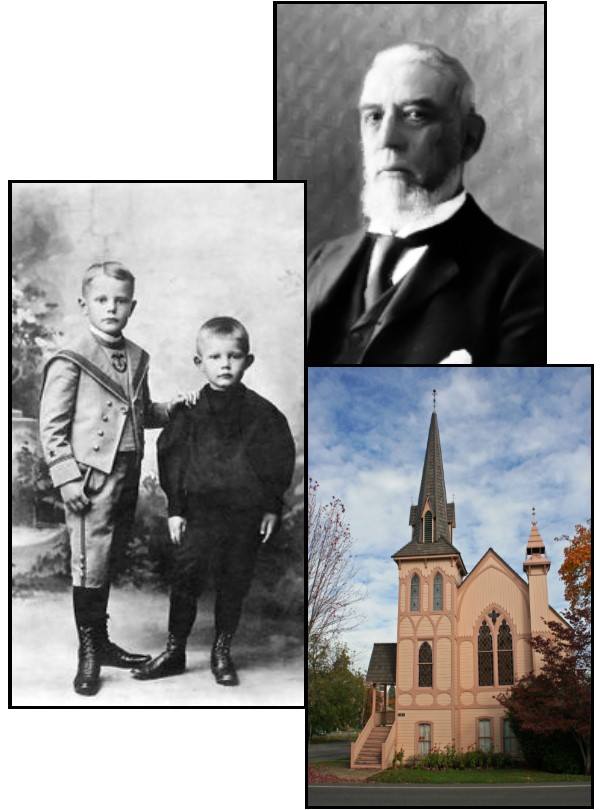
December 26 is the day that upper and middle-class Victorians celebrated as “Boxing Day.” Church alms boxes were broken open and their contents distributed to the poor; servants were given the day off and sent home with presents and boxes of Christmas leftovers for their families. Jacksonville’s prominent 19th Century pioneer Beekman family honored this tradition—sometimes on the early side. When two local boys wanted to be part of the Presbyterian Church’s Christmas Eve celebration but lacked appropriate attire, Cornelius Beekman bought them both new suits.
Chinese New Year
Did you know that Jacksonville had the first Chinatown in Oregon? By the early 1870s several 100 Chinese lived in Jacksonville, primarily on West Main between South Oregon and 1st streets in the ramshackle buildings that had been the mining camp’s original “business district.” Since Chinese New Year—the Year of the Tiger—begins tomorrow, February 2, it seems appropriate to share a little information about how Jacksonville’s original Chinese residents celebrated Chinese New Year.
For Jacksonville’s Chinese, New Year was a high point in their life—a time to honor their ancestors by caring for the deceased and driving away malignant forces. Dwellings were cleaned to sweep away ill fortune, new clothing was purchased or sewn, all outstanding debts had to be settled, and feasts were prepared. Although traditionally a 10-day celebration, money and time concentrated most activities on the first full moon of late winter.
The day would begin with a fusillade of firecrackers to drive away evil spirits. A procession to the Chinese section of the cemetery was followed by the cleaning of graves and the “feeding of the dead.” Leaving the “tempting aroma” graveside, the feast was carried back to the Chinese Quarter where it was consumed. Musicians entertained the deceased with fiddles, barrel drums, and gongs. More fireworks were part of the celebration. Local children would be drawn by the noise and line up for Chinese candy and sweets and of course a parading dragon!
While the children may have loved the celebration, many Jacksonville residents viewed it with distaste—firecrackers scared the horses, the food was “repugnant,” and the music produced a “heathenish sound.” But then how Southern Oregon welcomed the Chinese is another story and a disturbing one….
Groundhog Day
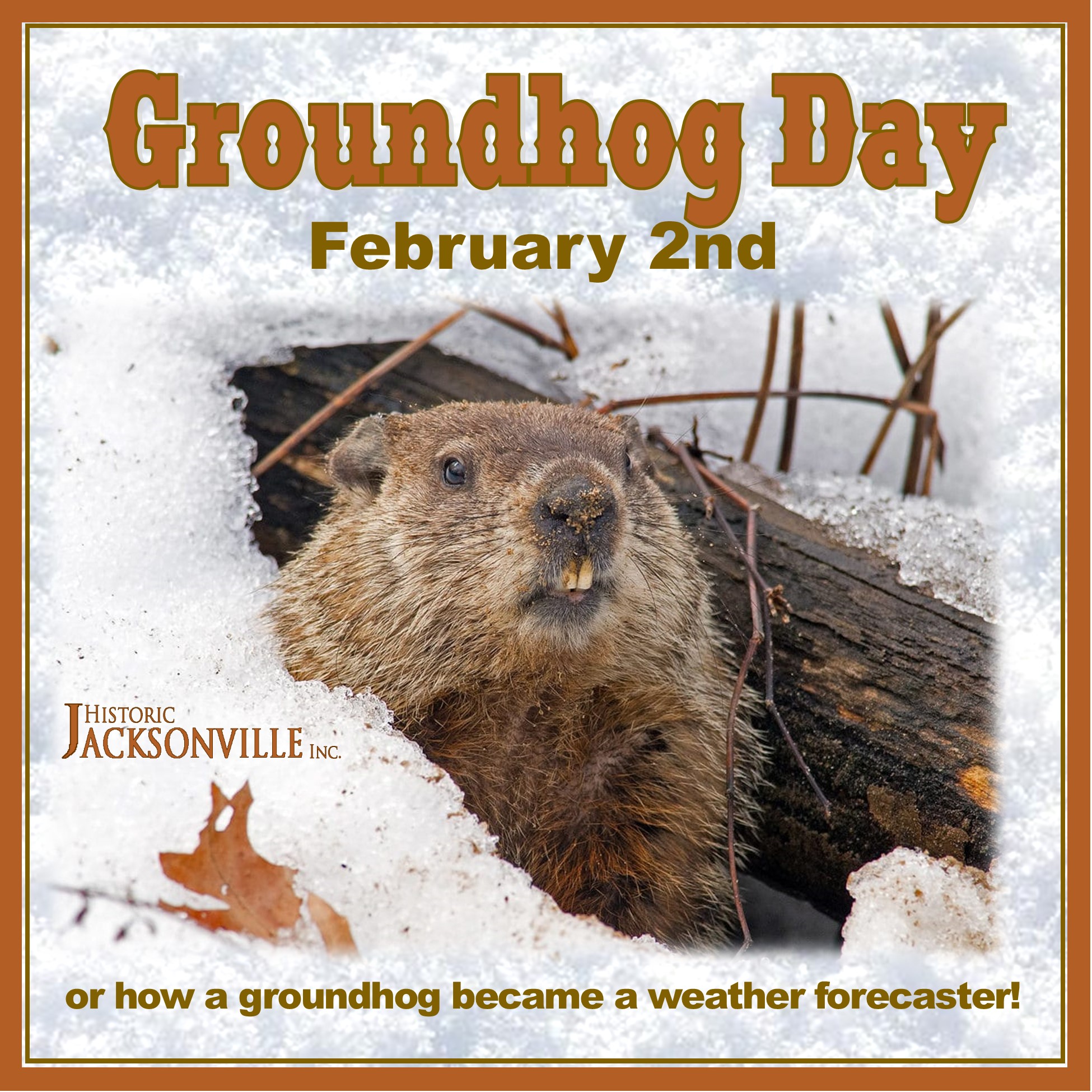
It’s February 2nd—Groundhog Day. So Historic Jacksonville, Inc. is treating you to a “special edition” of our new Holiday History blog! And once again we have the Germans and the Victorian Era to thank for another U.S. holiday custom.
According to this tradition, if a groundhog comes out of its hole on February 2nd and sees its shadow, it gets scared and runs back into its burrow, predicting six more weeks of winter weather. No shadow means an early spring. The earliest mention of Groundhog Day in the U.S. is a February 2nd 1840 diary entry commenting on a Pennsylvania “Dutch” celebration. The first reported news of a Groundhog Day observance was arguably made by the Punxsutawney Spirit newspaper of Punxsutawney, Pennsylvania, in 1886. However, it was not until the following year in 1887 that what is considered the first “official” Groundhog Day was celebrated there, with a group making a trip to the Gobbler’s Knob part of town to consult the groundhog.
So how did a groundhog become a weather forecaster? And just how accurate is he at this job?
Halloween in Jacksonville
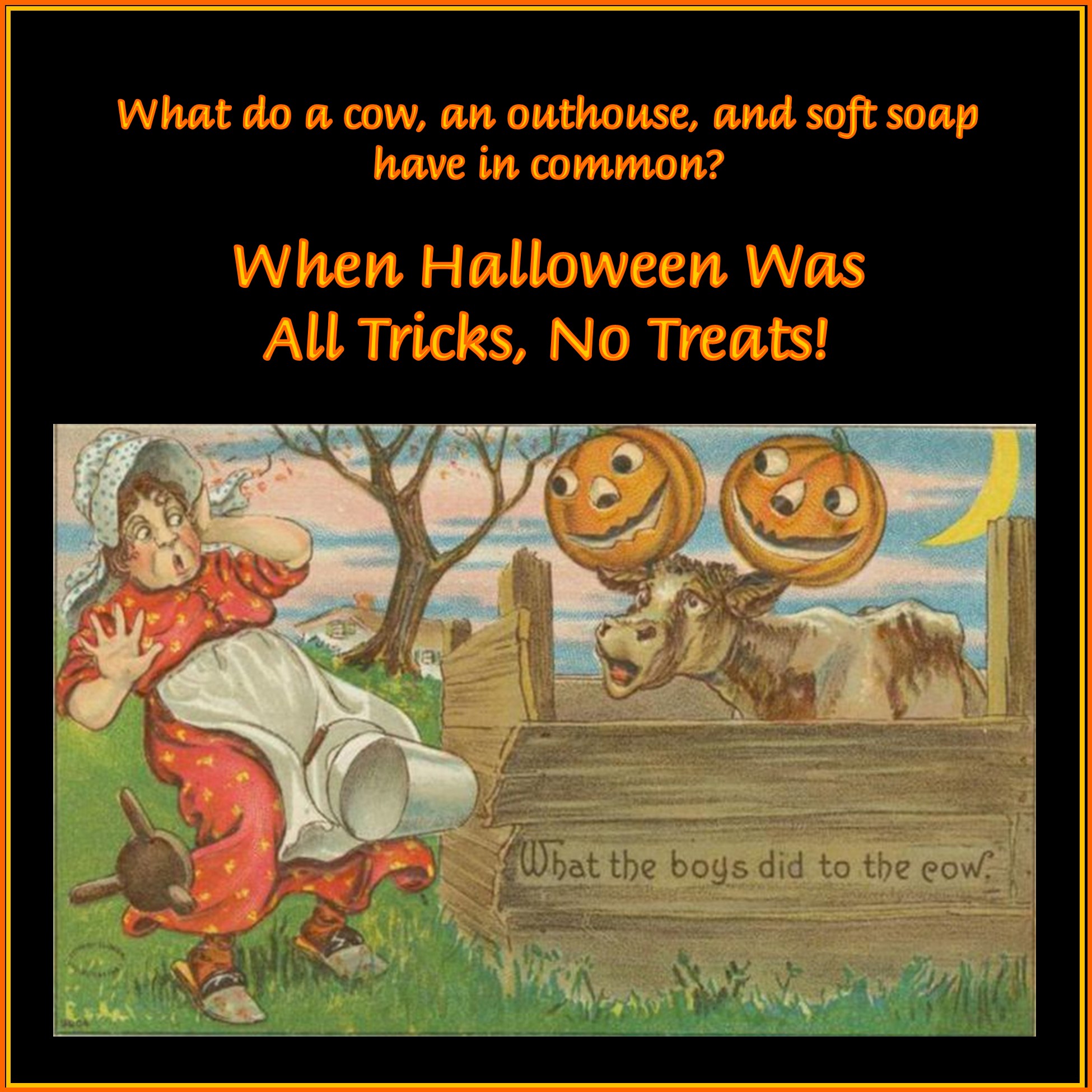
In 19th Century Jacksonville, Halloween was all tricks, no treats, and of course, boys were the culprits. Since Halloween is this coming Saturday, for today’s history trivia Historic Jacksonville, Inc. is sharing 3 documented pranks.
William Puhl, who had a barbershop in the Masonic building, kept a milk cow at his residence. One Halloween, several boys decided to take the cow to the barbershop. Once the Puhl family was asleep, the boys stole “Bossy,” broke into the shop with a skeleton key, lured the cow in with bran, and then skedaddled. When Puhl arrived at his shop the next morning, he found that Bossy had kicked over the barber chair and had generously “painted” the mirror, floor, etc. We would not have wanted to be one of his customers that day!
Another year, lawyer Gus Newbury arrived at his law office one Halloween only to find it had been relocated. His shingle was now hanging from an outhouse at the intersection of 3rd and California streets. We’re not sure if that meant his legal skills were worth ….
On still another Halloween, several boys soft soaped the tracks of the Rogue River Valley Railroad near the school yard. Crew sanded the tracks, but despite much snorting and puffing, the engine could not gain any traction. The train crew had to use gunny sacks to wipe off 50 yards worth of soft soap. RRVR had a trainload of unhappy passengers and Barnum, the owner of the railroad, was “one angry gent”!
New Year’s Celebrations
Did you ever wonder how Jacksonville celebrated the New Year? Historic Jacksonville, Inc. learned that local celebrations ranged from costume balls and gift giving to “the shooting of anvils and guns, the explosion of firecrackers, and the ringing of the school bell.” Saloons “kept their eggnog,” and “young folks lavished the customary ‘Happy New Year’ tribute,” and homes were open for social calls.
We also learned that New Year’s traditions changed significantly over the course of the 19th Century. Before Christmas made a holiday “comeback” (many thanks to Moore’s “T’was the Night Before Christmas” and Dickens’ “A Christmas Carol”), New Years was the primary gift-giving day. A favorite gift was an orange stuck with cloves, floated in the “wassail” bowl—i.e., a serving of spiked wine punch.
In New York and some cities, it became a reverse “Sadie Hawkins Day.” Gentlemen became responsible for making social calls on the ladies rather than calling normally being the ladies’ role. Before long, the men apparently made it a competition to see how many visits to ladies they could rack up. (Of course, they were typically rewarded with sherry or eggnog at each stop.)
Toward the end of the 1800s and continuing into the 1930s, the President even held a New Year’s Day reception at the White House—first receiving diplomats and government officials and then throwing the doors open to the general public, “who for the space of two hours paid their respects to the Chief Magistrate of the Nation.”
Oktoberfest
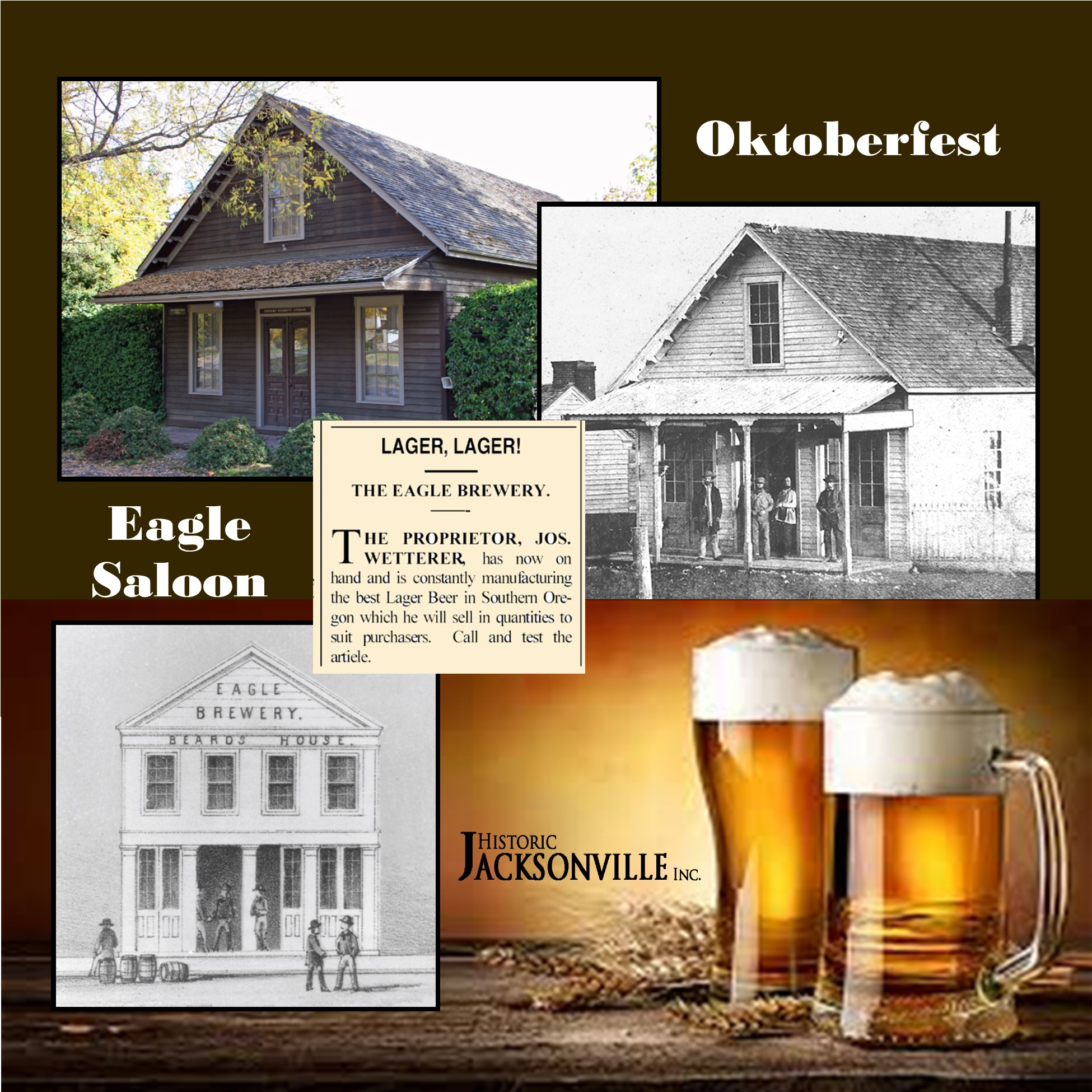
Due to Covid-19, the official Oktoberfest was canceled for this year, but Historic Jacksonville, Inc. thought we would at least acknowledge the German brewers who brought German lager to Jacksonville. Although Viet Schutz and his Viet Schutz Hall may have been the most famous, the Eagle Brewery was probably Jacksonville’s first brewery, in operation no later than 1856 on the block between Main and California streets that now houses the Orth Building. By 1859 the Brewery was in existence at its current location, 355 S. Oregon Street, and under the ownership of German-born Joseph Wetterer. Two years later Wetterer “commenced the building of a large beer saloon in front of his brewery.” The complex of buildings eventually included a “malt kiln,” “mash tub,” “cooler,” “furnace heat,” and “beer kettle.” For the next 18 years, Wetterer and his wife Fredericka ran the saloon, advertising “the best lager beer in Southern Oregon.”
Rudolph Red-nosed Reindeer
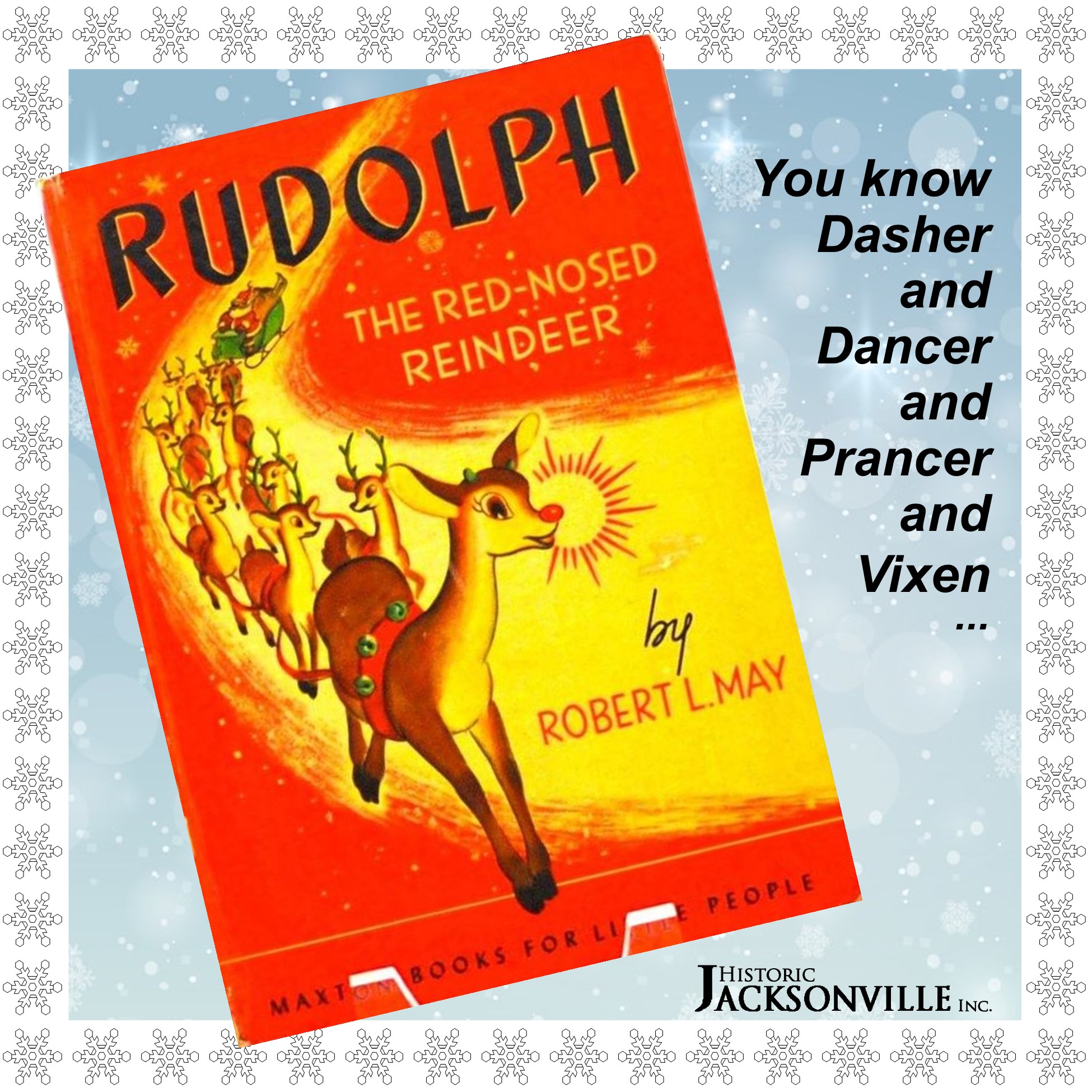
We know that Santa Claus will visit Jacksonville this Christmas, so we’re sharing a special story this History Trivia Tuesday about Santa’s “leading light”—Rudolph the Red Nosed Reindeer. Many are not feeling much comfort or joy this year, and that was also true for Bob May as the 1938 holiday season approached. A 34-year-old ad writer for Montgomery Ward in Chicago, May was exhausted and nearly broke. His wife, Evelyn, was bedridden, on the losing end of a two-year battle with cancer. This left Bob to look after their four-year old-daughter, Barbara.
One night, Barbara asked her father, “Why isn’t my mommy like everybody else’s mommy?” As he struggled to answer his daughter’s question, Bob remembered the pain of his own childhood. A small, sickly boy, he was constantly picked on and called names. But he wanted to give his daughter hope and show her that being different was nothing to be ashamed of. More than that, he wanted her to know that he loved her and would always take care of her. So he began to spin a tale about a reindeer with a bright red nose who found a special place on Santa’s team. Barbara loved the story so much that she made her father tell it every night before bedtime. As he did, it grew more elaborate. Because he couldn’t afford to buy his daughter a gift for Christmas, Bob decided to turn the story into a homemade picture book.
In early December, Bob’s wife died. Though he was heartbroken, he kept working on the book for his daughter. A few days before Christmas, he reluctantly attended a company party at Montgomery Ward. His co-workers encouraged him to share the story he’d written. After he read it, there was a standing ovation. Everyone wanted copies of their own. Montgomery Ward bought the rights to the book from their debt-ridden employee. Over the next six years, at Christmas, they gave away six million copies of Rudolph the Red Nosed Reindeer to shoppers. Every major publishing house in the country was making offers to obtain the book. In an incredible display of good will, the head of the department store returned all rights to Bob May. Four years later, Rudolph had made him into a millionaire.
Now remarried with a growing family, May felt blessed by his good fortune. But there was more to come. His brother-in-law, a successful songwriter named Johnny Marks, set the uplifting story to music. The song was pitched to artists from Bing Crosby on down. They all passed. Finally, Marks approached Gene Autry. The cowboy star had scored a holiday hit with “Here Comes Santa Claus” a few years before. Like the others, Autry wasn’t impressed with the song about the misfit reindeer. Marks begged him to give it a second listen. Autry played it for his wife, Ina. She was so touched by the line “They wouldn’t let poor Rudolph play in any reindeer games” that she insisted her husband record the tune.
Within a few years, it had become the second best-selling Christmas song ever, right behind “White Christmas.” Since then, Rudolph has come to life in TV specials, cartoons, movies, toys, games, coloring books, greeting cards and even a Ringling Bros. circus act. The little red-nosed reindeer dreamed up by Bob May and immortalized in song by Johnny Marks has come to symbolize Christmas as much as Santa Claus, evergreen trees and presents. As the last line of the song says, “He’ll go down in history.”
Valentine’s Day
No one knows the true origins of Valentine’s Day. Some believe that because the Romans observed Lupercalia on February 14th celebrating a nature deity, that birds chose their mates around that date.
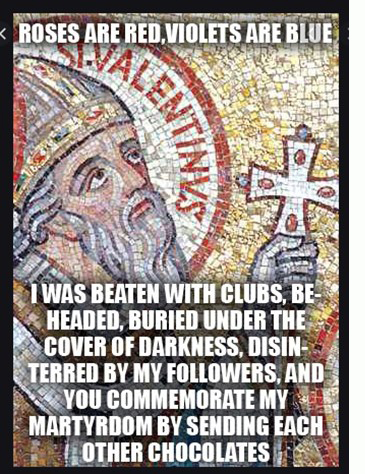
Others believe that Valentinus, who had a far different experience with the Romans (martyrdom), sent a letter of affection to his jailer’s daughter on the eve of his execution. There is, of course, no evidence that any of this is true.
What IS true, is that people have observed Valentine’s Day for centuries, since at least the 1600s, and that it was the Victorians that made it into the celebration we recognize today.
In 1840, when England introduced the Uniform Penny Post, the sending of valentines really took off. Before this, sending anything by mail was expensive, and always paid for by the recipient of the missive (the original cash on delivery). Now, letters (and valentines) could be mailed anywhere in Great Britain for one penny. In 1841, nearly half a million valentines were posted in England. By 1871, that number grew to 1.2 million cards. The postmen were even allotted a special refreshment allowance to help ease their burden around February 14.
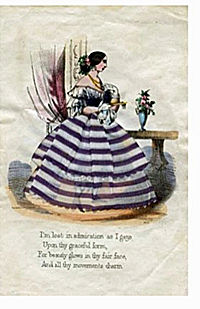
Valentine cards were most often handmade, and included lace, embossed papers, foils, and pressed grasses and flowers. Even the mass-produced cards included homemade elements. Victorian valentines were usually sent anonymously; it was thought the valentine itself would be message enough, although some cards could be folded in such a way as to hold “secret” messages.
“I am lost in admiration as I gaze
Upon they graceful form,
For beauty glows in thy fair face,
And all thy movements charm.”
– Thos. Dean and Sons, 1860s.
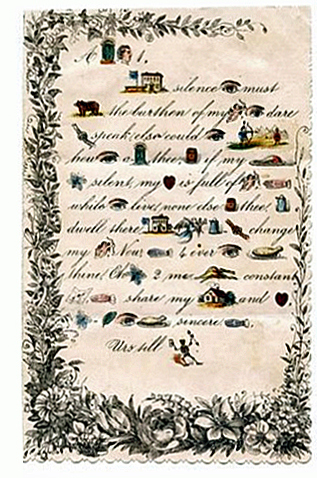
The 1864 card (shown right) uses pictures, much as we would use emojis today.
“Adored one, in silence I must bear the burthen of my love. I dare not speak, else I could tell how I adore thee. ….”
|
Valentine by Esther Howland. |
Here in the United States, Esther Howland of Massachusetts began making valentine cards when she received one from England. Esther’s father had a stationery shop, so she was able to sell her creations from there, using lace and floral decorations.
Valentine’s Day cards were very popular by the mid-1850’s, when the New York Times published what we would call an op-ed on February 14, 1856, decrying the practice:
“Our beaux and belles are satisfied with a few miserable lines, neatly written upon fine paper, or else they purchase a printed Valentine with verses ready made, some of which are costly and many of which are cheap and indecent. In any case, whether decent or indecent, they only please the silly and give the vicious an opportunity to develop their propensities and place them, anonymously, before the comparatively virtuous. The custom with us has no useful feature, and the sooner it is abolished, the better.”
Bah humbug!
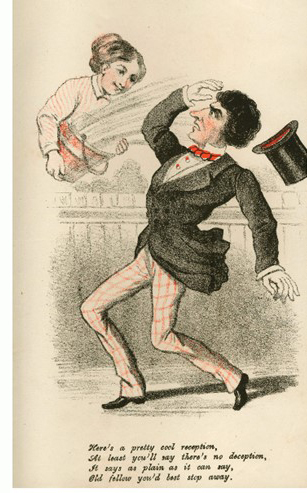 Image © Royal Pavilion and Museums, Image © Royal Pavilion and Museums, Brighton & Hove |
One wonders if perhaps the person who penned this opinion was the recipient of a so-called Vinegar Valentine, also popular in the Victorian era. Rather than verses sweet, some valentines expressed other sentiments:
“Here’s a pretty cool reception,
At least you’ll say there’s no deception,
It says as plain as it can say,
Old fellow you’d best step away.”
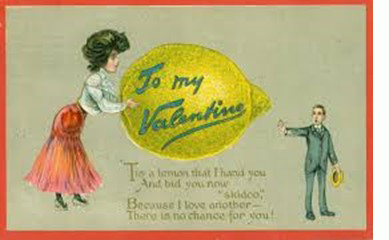
“Tis a lemon that I hand you
And bid you now “skiddoo”
Because I love another –
There is no chance for you!”
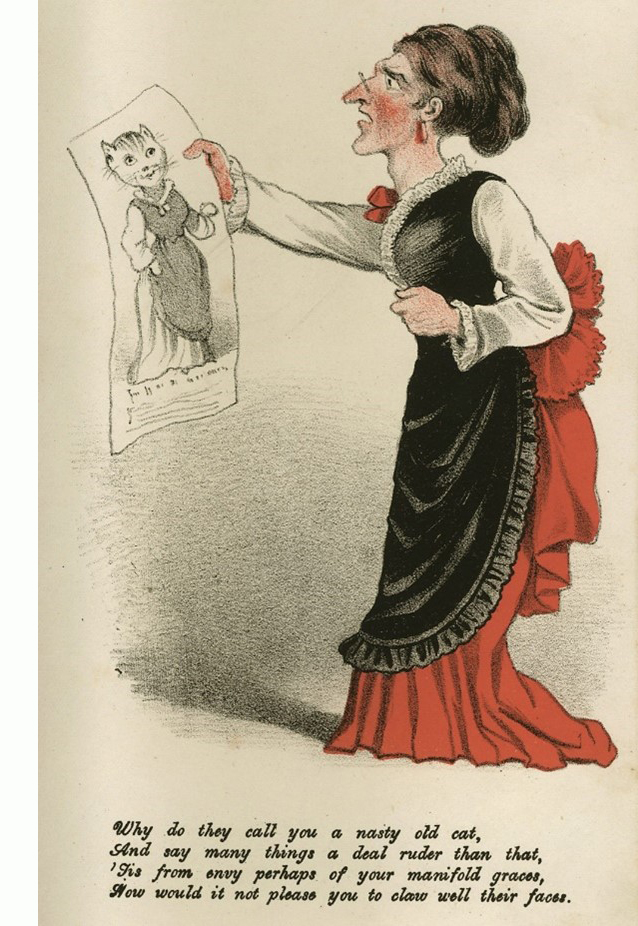 Image © Royal Pavilion and Museums, Image © Royal Pavilion and Museums,Brighton & Hove |
And what was good for the goose could be good for the gander.
“Why do they call you a nasty old cat,
And say many things a deal ruder than that,
‘Tis from envy perhaps of your manifold graces,
How would it not please you to claw well their faces.”
Thankfully, such mean valentines are no longer popular today! And Historic Jacksonville is feeling anything but mean.
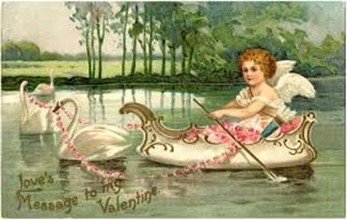
So here’s wishing you a Happy Valentine’s Day, the pleasure of feeling loved, and time with your loved ones!
Some roses are red,
Bees live in a hive,
Historic Jacksonville delights
In bringing history alive!
Sources Cited:
James, David. “Valentine’s Day in the Victorian Era.” 5-Minute History, 20 May 2017, fiveminutehistory.com/valentines-day-in-the-victorian-era
Golden, Catherine. “Guest Post: Love and Derision; Or, Valentine’s Day Victorian Style.” Guest Post: Love and Derision; Or, Valentine’s Day Victorian Style | National Postal Museum, 12 Feb. 2010, postalmuseum.si.edu/node/1841.
“Victorian Valentine’s Day Cards.” HistoryExtra, 13 Feb. 2015, www.historyextra.com/period/victorian/victorian-valentines-day-cards/.
McNamara, Robert. “History of St. Valentine’s Day in the 1800s.” ThoughtCo, 9 Feb. 2018, www.thoughtco.com/history-of-st-valentines-day-1800s-1773915.
“Free Thinking – Eight Incredibly Offensive Victorian Valentines.” BBC Radio 3, BBC, www.bbc.co.uk/programmes/articles/34JCKJtrl07f5kY3G9kFNpd/eight-incredibly-offensive-victorian-valentines.
Ponti, Crystal. “Victorian-Era ‘Vinegar’ Valentines Could Be Mean and Hostile.” History.com, A&E Television Networks, 10 Feb. 2020, www.history.com/news/victorian-valentines-day-cards-vinegar.
